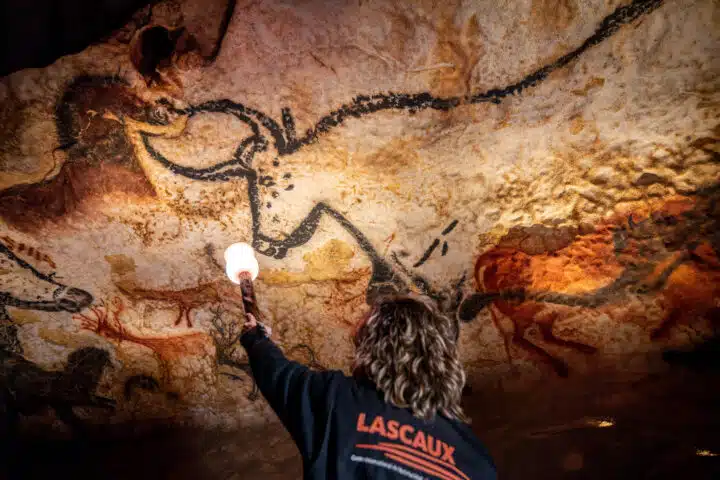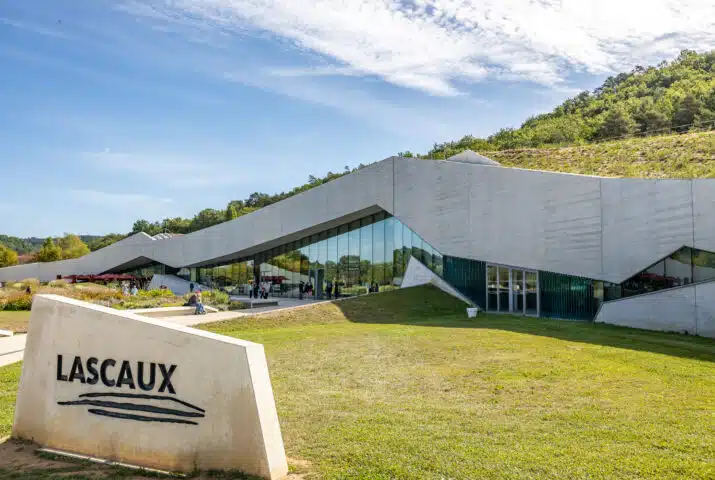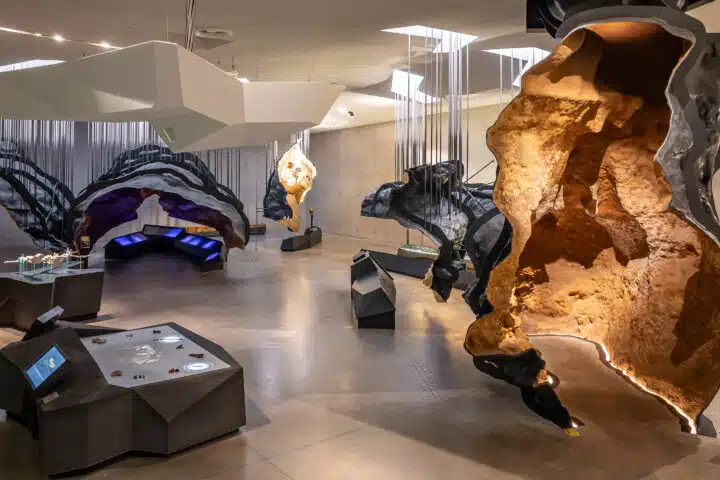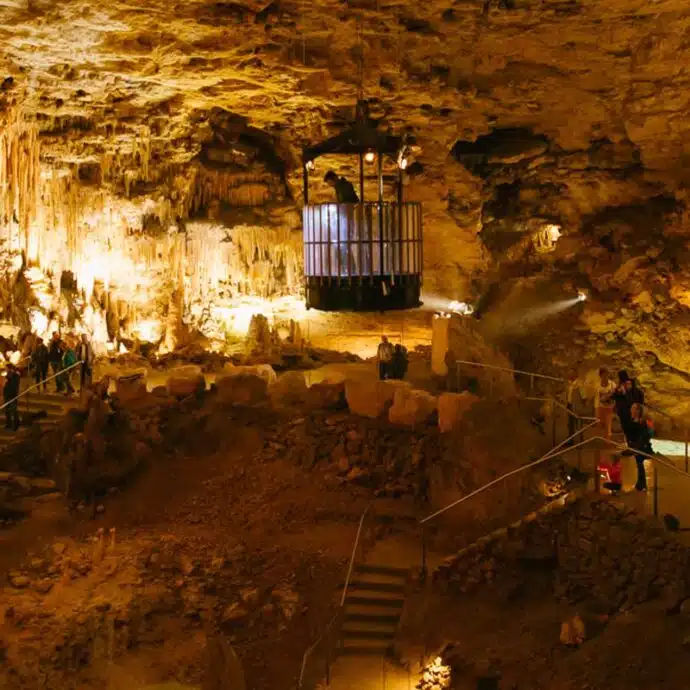Grotte de Lascaux
Truer than life
Grotte de Lascaux
Discovered in 1940 by 4 Périgord teenagers, the Lascaux cave was open to the public after the war until 1963. Unfortunately, the flood of visitors began to damage the prehistoric paintings on this UNESCO World Heritage site, prompting its owners to close it for good.
Today, it is possible to visit 2 facsimiles.
Lascaux II
Just 200 metres away, even if it’s not the original cave, the most beautiful and interesting drawings are represented at Lascaux 2. After all, the importance lies in discovering the prehistoric world, and Lascaux is a fine demonstration of this. With much better lighting and unlimited visiting time, it’s much easier for visitors to see and understand the drawings made by their distant ancestors tens of thousands of years ago.
Lascaux II is open to visitors all year round, except in January.
Lascaux IV
Located less than a kilometre away, Lascaux IV has been open to the public since 2017. It is a millimetre-accurate reproduction of the original. You can see the hole through which Marcel Ravidat accidentally entered the cave in 1940, as well as the 2,000 drawings left by Cro-Magnon man over 18,000 years ago.
The tour of the cave lasts around 40 minutes and is skilfully orchestrated, starting on the roof of the building. After taking the lift with a guide, we descend to artificial depths. There’s a dark room to get used to the darkness, and then the big jump: we enter the facsimile.
Playful and digital, Lascaux IV is interesting for its complementary activities presented in different rooms that you visit at your own pace, equipped with a tablet.
The 2 caves, Lascaux II and Lascaux IV, complement each other so well that it’s worth visiting both.
















